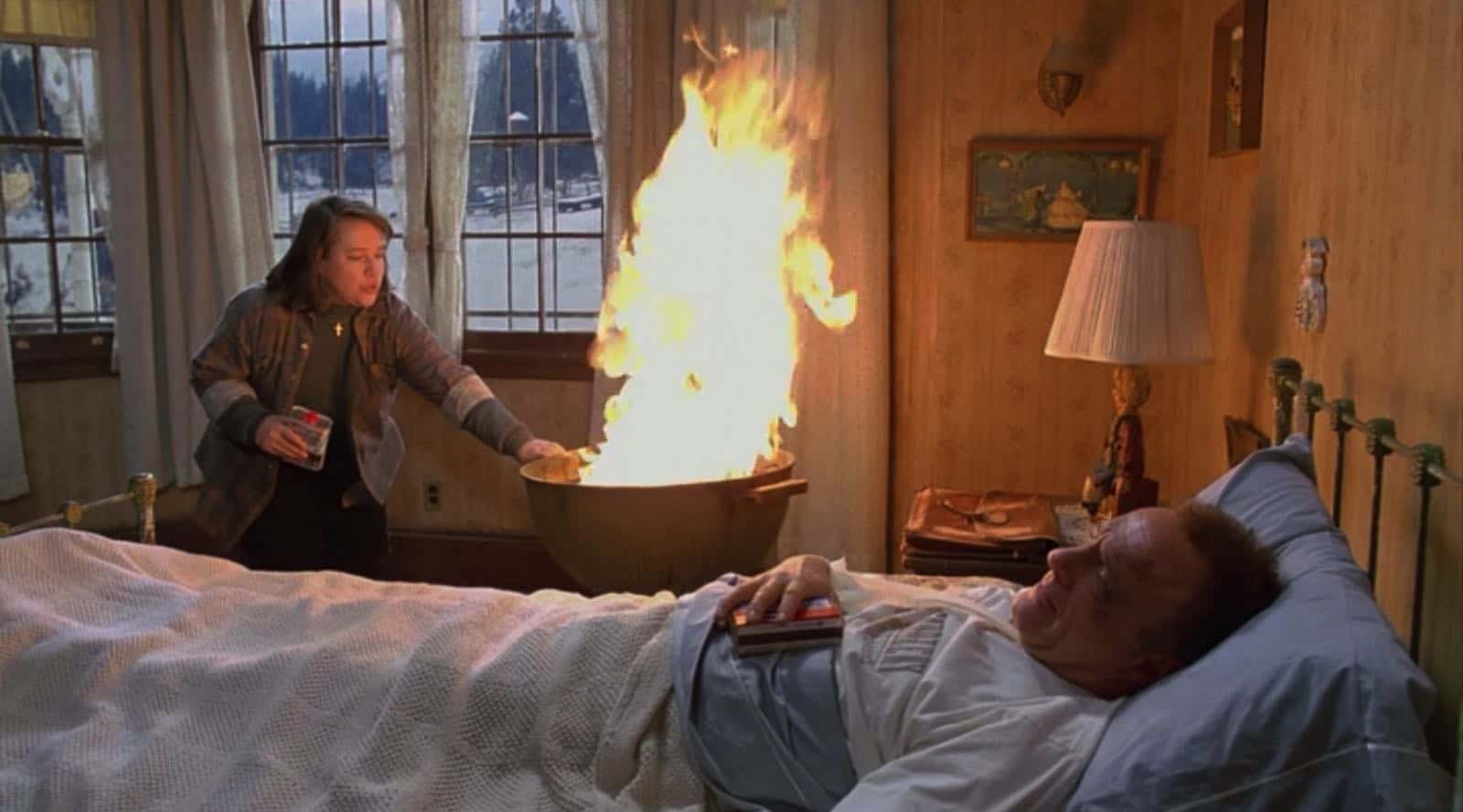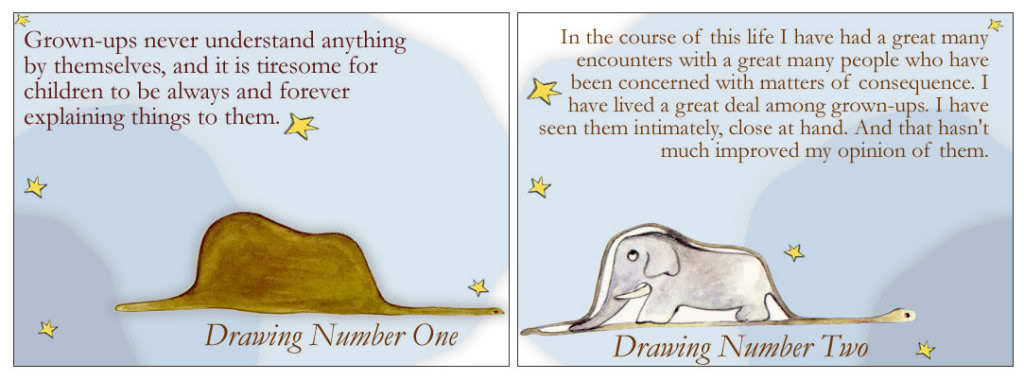
The above picture was drawn by my eight-year-old. According to Gaston Bachelard, who quotes psychologists of his era, door knobs are a good sign.
The Psychology Behind Drawings By Children
Asking a child to draw his house is asking him to reveal the deepest dream shelter he has found for his happiness. If he is happy, he will succeed in drawing a snug, protected house which is well built on deeply-rooted foundations. It will have the right shape, and nearly always there will be some indication of its inner strength. In certain drawings, quite obviously, to quote Mme. Balif, “it is warm indoors, and there is a fire burning, such a big fire, in fact, that it can be seen coming out of the chimney.” When the house is happy, soft smoke rises in gay rings above the roof.
Now I interrupt the quote to bring you this:

Continuing with Bachelard:
If the child is unhappy, however, the house bears traces of his distress. In this connection, I recall that Francoise Minkowska organized an unusually moving exhibition of drawings by Polish and Jewish children who had suffered the cruelties of the German occupation during the last war. One child, who had been hidden in a closet every time there was an alert, continued to draw narrow, cold, closed houses long after those evil times were over. These are what Mme. Minkowska calls “motionless” houses, houses that have become motionless in their rigidity. “This rigidity and motionlessness are present in the smoke as well as in the window curtains. The surrounding trees are quite straight and give the impression of standing guard over the house.. Mm. Minkowska knows that a live house is not really “motionless,” that, particularly it integrates the movements by means of which one acedes to the door. Thus the path that leads to the house is often a climbing one. At times, even, it is inviting. In any case, it always possesses certain kinesthetic features. If we were making a Rorschach test, we should say that the house has “K”. […] In one house, drawn by an eight-year-old child, she notes that there is “a knob on the door; people go in the house, they live there.” It is not merely a constructed house, it is also a house that is “lived-in”. Quite obviously the door-knob has a functional significance. This is the kinesthetic sign, so frequently forgotten in the drawings of “tense” children.
The Poetics of Space
This is called the Nightmare Fuelled Coloring Book over at TV Tropes, since drawings used to analyse children are common in horror movies.
The combination of a disturbing image rendered in a crude, childlike style is a powerfully scary one in and of itself, but just as unsettling is the window onto a child’s view of sex/violence/Cthulhu that it gives us. The idea of innocence being exposed to things it finds frightening, or things it can’t understand, is a classic way to play off Adult Fear and at the same time deliver a bucketload of Nightmare Fuel rendered in red crayon.It gets extra points if the suburban mum decides to hang it on the fridge rather than call a child psychologist or an exorcist.If a Creepy Child draws pictures, they will be this trope. If it’s the Monster of the Week the child has been drawing, expect the Nightmare Fuel Coloring Book to come in handy when the heroes come along – after all, now they’ve got a wall full of pictures of their enemy.
Nightmare Fuelled Coloring Book
The assumption underlying this use is that, since emotionally disturbed children are believed to reflect their problems in their drawings. For more on the various drawing tests issued to children undergoing counselling, see here.
tl;dr: There are no empirical data to support interpretations of children’s drawings. Despite their frequent use in child abuse investigations, drawings are subject to the same criticisms as anatomical dolls (ie. prompting and priming).

Perhaps it was this kind of psychometric gazing into pictures that inspired Antoine de Saint-Exupéry in the opening of The Little Prince?

It’s Impossible To Fake Children’s Drawings
If you spend time around children, and their drawings, you’ll just know when you see a fake kid’s drawing on a TV show or horror movie. You just know. Writers of The Office understood this when they wrote the following Season 8 scene, in which Pam tries to pacify the office after Jim fakes jury duty to stay at home and help out with their two young children:
Andy: Wow, these are incredible. Cece, did you do these?
Season 8, Episode 13, “Jury Duty”
Cece: No.
Pam: She says “no” to everything. You know, she thinks my name is “No.” Cece, do you want some broccoli?
Cece: Yes.
Pam: No. It’s crazy.
Ryan: Why am I shorter than the table that I’m standing next to?
Andy: There’s cross-hatching in some of these. That’s kind of advanced for a two-year-old.
Kelly: Cece, this is your big sister Kelly. Did you color this pretty picture?
Cece: No.
Kelly: So then this means nothing to you. [rips picture]
SEE ALSO
Some picturebook illustrators use a naive style to emulate the look and feel of childhood drawings. One other benefit of doing this: The warped perspective and symbolic layout of naive illustration allows for a more fairytale feel, in which the placement of items is more akin to what’s in our heads, rather than where it exists in the outer world.
